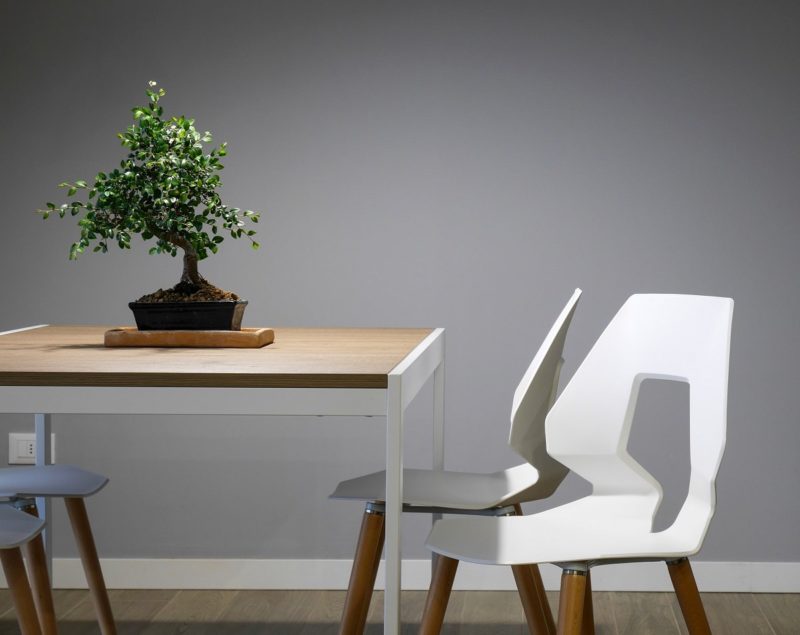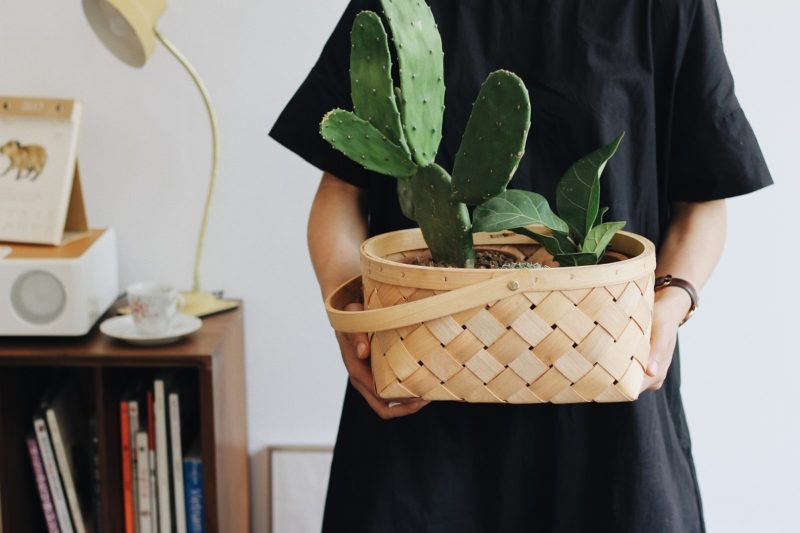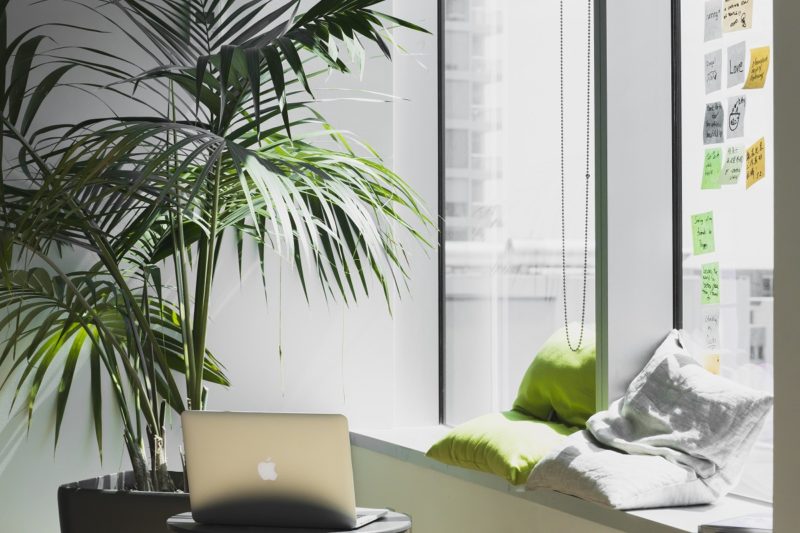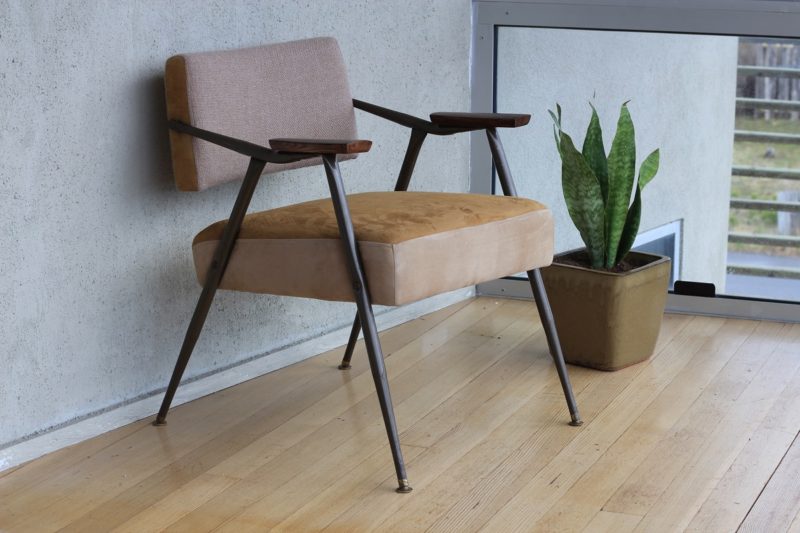
You’ve probably heard about Feng Shui, but do you actually know what it is? Well, if the answer is no, here’s a little explanation for you. Feng Shui is an ancient Chinese art and science that teaches people how to balance different energies in the space to ensure the happiness and health of people living there. Feng Shui teaches people that plants also have a certain energy, and if you use them right, they can bring love and happiness into your life. Here’s a little guide on how to incorporate plants into your home according to Feng Shui.
How do plants help Feng Shui?
Feng Shui says that plants, as all living things, carry energy, and when placed in your home, they bring nature and vitality in every living space. Additionally, plants can be used to bring balance to the interior, purify the air by absorbing toxins that are emitted by electrical appliances and gadgets.
What plants to use?

The shape and size of the plant also affect the type of energy you want to be projected. According to Feng Shui, round and big leaves have a better energy than pointy and small leaves, so opt for plants such as Peperomias, Fiddleleaf Fig, Philodendron or Rubber Tree. The size of the plant also matters. Big plants bring more energy and vice versa.
Another thing you can introduce into your space is flowers. In Feng Shui, they are usually associated with love. Experts recommend getting flowers that bloom in white, blue or other soft colours.
What about cacti

If you’ve read the previous passage, you can probably guess what kind of energy cacti carry. Cacti’s needles bring negative energy because of their shape. Pointy and sharp objects in Feng Shui create discomfort and make us feel threatened and unsafe. So, cacti are not the best option, at least for the interior.
Air purity and plants

Plants and air quality are tightly woven, and you should always take care of the indoor air quality and purity and find ways to improve it. Plants, especially Feng Shui air-purifying plants, can fill your space with fresh oxygen and new life. So, find plants that fit your space, combine them with the reliable air purifier for mold, dust and allergens and enjoy your fresh air in home. Allow as much natural light as possible so your plants can thrive, and consider using full-spectrum lights.
Where not to put plants
There are also certain rules when it comes to positioning the plants in terms of the best and the worst places to put them. Feng Shui experts say that it’s best to avoid putting plants in the center of your home, as well as in the southwest and northwest areas of your home. Experts also don’t recommend putting plants in the bedroom because they can be harmful for your health and affect the quality of sleep. If you want to put plants there, you can use artificial plants to spruce up the space without interrupting good energy.
Where to put plants

However, places that bring good energy when filled with plants are east and southeast. Another area where plants bring good energy is south. You can also put plants in the hallway or living room. Plants, especially larger ones, are believed to generally improve the luck and happiness of the inhabitants when placed at the entrance of their home. Additionally, according to Feng Shui, fruit-bearing plants, such as lemon trees, peaches or figs, improve the financial situation of the whole family when placed in the dining room.
It’s obvious just how good it is to introduce plants into your home, not only according to Feng Shui, but many other interior design studies and even medicine. They provide you with many health benefits, improve indoor air quality, and also attract love, improve luck and bring money. So, find few plants that bring positive energy, place them in their appropriate places and get ready to reap the benefits.
A guest blog post written by Olivia Williams Jones.
